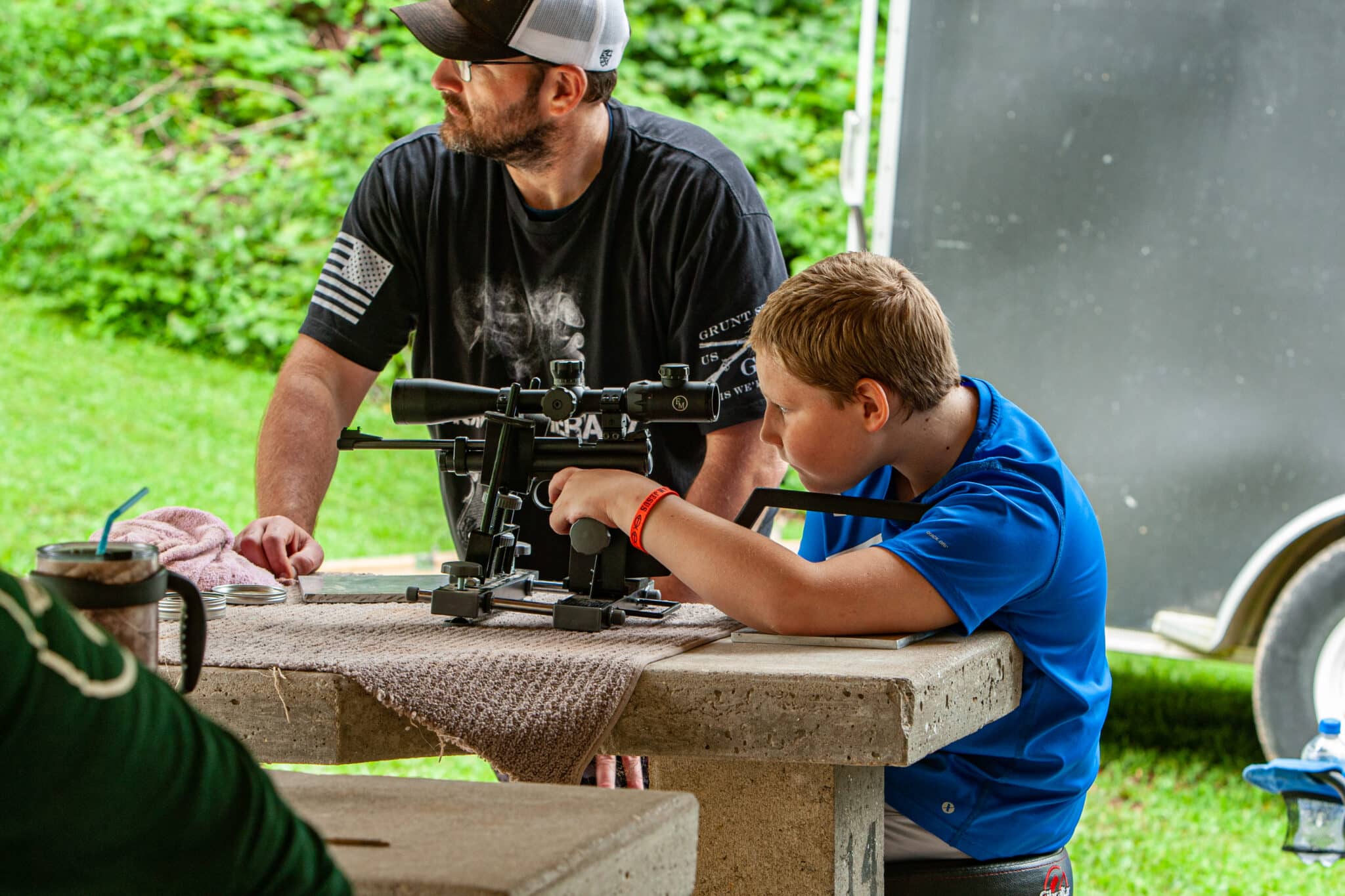Understanding Terminal Ballistics
Terminal ballistics is a wide ranging topic that can easily fill many complete books. This article is an overview of terminal ballistics, with the purpose of providing the end user with the basic tools needed to make intelligent choices in determining which self-defense or hunting round one might optimally carry.
Terminal Ballistics
There are three main areas of ballistics: internal, external, and terminal. Terminal ballistics is defined as the behavior of the bullet from the time it hits the target until it comes to rest. Most shooters focus on external ballistics, which is the behavior of the bullet from the time it leaves the barrel until it impacts the target. While this is certainly important, especially in long-range applications, the terminal effect of the bullet is often overlooked or misunderstood.
Sectional Density
Sectional density is the ratio of an object’s mass to its cross sectional area. To determine the sectional density of the bullet, use the following formula: SD = Bullet weight in grains / 7000 divided by bullet diameter squared. Using this formula, you will see that any bullet of the same weight and same caliber will have identical sectional density. Simply put, the higher the sectional density of a bullet, the better penetration the bullet will have. This is what is called the unfired sectional density. This is only a good gage for solid bullets.
For expanding bullets, the terminal sectional density (TSD) is a much more accurate representation of a bullet’s performance. The bullet construction will greatly influence the terminal sectional density. To determine the terminal sectional density, recover a fired round from ballistic gelation, and then apply the previously mentioned formula. The range of engagement directly influences the velocity. It follows that he velocity of the bullet will influence the TSD, in that a faster bullet normally expands more than a slower bullet.

Bullet Construction
The construction of the bullet determines the performance of the bullet. The main types of bullets are cup and core, copper solids, bonded rounds, and ballistic tips. Each type of bullet has an area that they excel at and areas where they do not perform optimally. The prime considerations for hunters are what animal they are hunting and the ranges of engagement. For example, a great bullet for whitetail deer in the heavily wooded southeastern United States might not be the best choice for an elk in the much more open western states. For self-defense rounds this becomes even more convoluted. One round may perform well as a home defense round where terminal performance must be balanced against over-penetration. This same round may not be optimal in a CCW or LE application where the presence of intermediate barriers may be more likely.
Open Air Ballistics
Open air shots are shots that strike the target unobstructed. When selecting a bullet for open air shots, a few things must be considered. The first is the cartridge from which that the bullet is being fired. Bullets are designed to perform optimally in a certain velocity range. If the cartridge pushes the bullet too fast or slow, the bullet will not perform in the manner intended.
The second point to consider is what are you shooting with the bullet? Especially in hunting applications, the bullet selected must provide adequate penetration and expansion to humanely kill the animal. In law enforcement or self-defense situations, the bullet must provide adequate penetration – but over-penetration can be a concern.
The third consideration is the distance of the shot. The performance velocity has to be considered from the muzzle all the way to the furthest range of expected engagement. The ballistic coefficient must also be factored in for longer shots in an attempt to optimize the external ballistics as well.

Intermediate Barriers
According to FBI statistics, 30% of officer involved shootings are fired through an intermediate barrier. In the FBI data it showed that 90% of those shootings were through auto glass. Glass has a dramatic effect on the performance of most bullets, the exception to this being copper solids. The main effect of glass is twofold. First, the round has a tendency to deflect toward the first point of impact. The shape of the tip of the bullet, the meplat, has a significant effect on the deflection of the bullet, especially with pistol rounds. Into a vehicle this would be down, out of a vehicle this would be up due to the glass angle. The second major effect is the glass has a tendency to separate the bullet from the jacket.
Rifle rounds have less deflection but have more bullet jacket separation due to the relatively high velocities of rifle rounds. The construction of rifle rounds varies much more than most pistol rounds. For example, match rounds such as the venerable 168-grain Sierra Match King bullet loaded for the .308 was a staple of the LE sniper community for decades. Yet, this round has historically had abysmal performance through auto glass. This is a case of a good bullet that is being employed outside of its design. Bonded or copper solid bullets perform much better in this situation. Having an “open air” round and a barrier round with similar external ballistics, or using a more advanced round that performs both adequately, is a much better solution to this problem for LE snipers.

Final Thoughts
The questions that apply to all self-defense shooting tasks and weapons selection processes must be applied to round selection.
- Who am I? – This is an honest view of your role and what your expected operational environment may be. An LEO on duty may have different considerations than many civilian shooters in a self-defense situation.
- Where am I? – Where is your expected engagement area? Do you live in an apartment or in a rural area? From what materials is your residence constructed?
- Are there non-combatants? – Especially in home defense situations, have a plan to minimize over penetration into an area where someone else that lives in the residence might be located. This can be partially solved by bullet selection and angle of engagement.
- What is my expected engagement distance? – What is a realistic distance of engagement? Refer to question 1 and look for the distance of engagement that is most probable. For example, a deer hunter and an armed homeowner will have vastly different ranges to consider
As the late, great Jeff Cooper once stated: “It is long been a principal of ours that one is no more armed because he has possession of a firearm than he is a musician because he owns a piano. There is no point in having a gun if you are not capable of using it skillfully.” The level of training mastered by the shooter will be the most important asset that one can have. Training with your equipment and knowing the capabilities and limitations of the rounds you carry can greatly improve your chances of success in self-defense or hunting applications.




